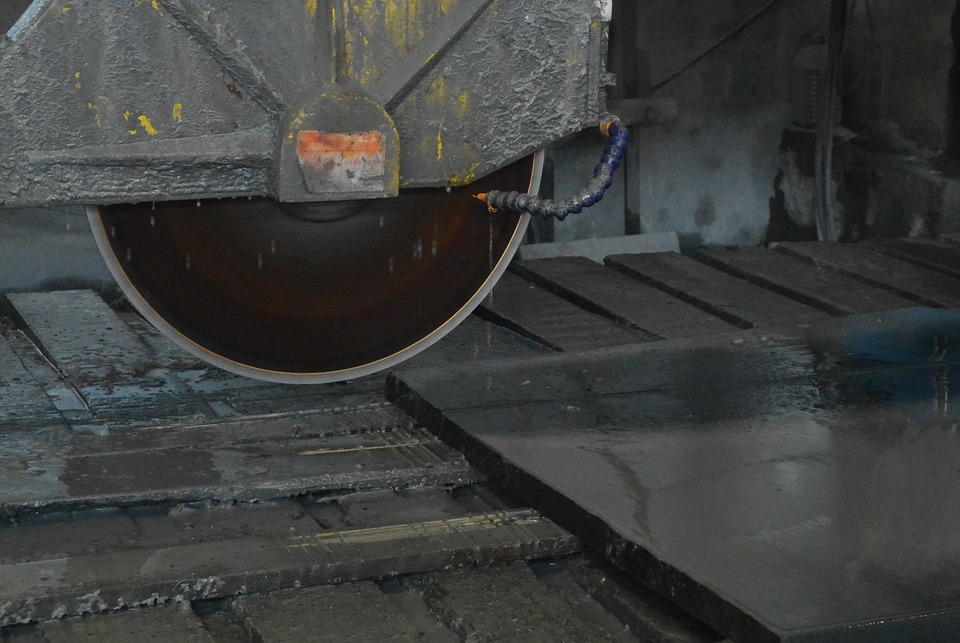From Concept to Creation: How Mechatronics is Shaping Tomorrow’s Technologies
Introduction
In an era where technology evolves at an unprecedented pace, the integration of mechanical, electronic, and computer engineering has birthed a discipline known as mechatronics. This multidisciplinary field not only embraces the intricacy of machinery and automation but also intertwines these elements with advanced computational and electronic systems, ultimately leading to the creation of smarter, more efficient technologies. This article delves into the fundamental aspects of mechatronics, its applications, and its role in shaping the technologies of the future.
Understanding Mechatronics
Definition and Scope
Mechatronics is a fusion of various engineering disciplines, primarily mechanical engineering, electronics, computer science, and control engineering. The term originated in Japan in the 1960s to refer to the integration of mechanical systems with electronic controls. Over the years, it has expanded to cover a wide array of technology fields, including robotics, automation, and system design.
Historical Context
The roots of mechatronics can be traced back to the industrial revolution when machinery began to incorporate more complex mechanical systems. The introduction of electronic components and control systems further propelled the development of mechatronics, especially in the late 20th century when microcontrollers and sensors began to see widespread use in industrial applications.
Core Components
- Mechanical Systems: The hardware typically involves moving parts and structures that perform the physical tasks.
- Electronic Systems: This includes sensors, actuators, and control circuits that help in real-time data processing, decision-making, and automation.
- Computing and Control: Software applications and algorithms are fundamental in managing and synchronizing mechanical and electronic components to achieve desired functionalities.
The Importance of Mechatronics in Modern Technologies
Enhanced Automation
One of the most critical contributions of mechatronics is in the field of automation. Automated systems are becoming increasingly prevalent in industries such as manufacturing, logistics, and healthcare. With mechatronic systems, businesses can improve efficiency and reduce human error.
- Robotics: Industrial robots designed with mechatronic principles can perform repetitive tasks with high precision and speed.
- Supply Chain Automation: Automated guided vehicles (AGVs) use mechatronic systems for navigation, inventory tracking, and materials handling.
Intelligent Systems
The integration of smart sensors and artificial intelligence (AI) has led to the development of intelligent systems that can adapt to their environments. This adaptability is essential in sectors such as agriculture, healthcare, and manufacturing.
- Smart Devices: Home automation systems, smart appliances, and wearables can collect data, communicate, and execute tasks autonomously.
- Predictive Maintenance: In industrial applications, mechatronic systems equipped with sensors can monitor the condition of machines and predict failures before they occur.
Mechatronics in Various Industries
1. Manufacturing
The manufacturing sector has witnessed a significant transformation through mechatronics. Intelligent machinery and automation systems facilitate lean manufacturing, reduce waste, and enhance overall productivity.
Case Study: CAD-CAM Integration
Computer-Aided Design (CAD) and Computer-Aided Manufacturing (CAM) systems utilize mechatronic principles to streamline the design and production processes. This integration allows for rapid prototyping and flexibility in manufacturing, enabling companies to adapt to market demands swiftly.
2. Healthcare
In the healthcare sector, mechatronics plays a pivotal role in the development of advanced medical devices and robotic surgery systems. These innovations enhance the precision and efficacy of medical interventions.
Case Study: Robotic Surgical Systems
Robotic-assisted surgical systems, which combine robotics with sophisticated control mechanisms, allow surgeons to perform complex procedures with reduced recovery times and fewer complications. These systems exemplify the fusion of precision mechanics and electronic control.
3. Transportation
From electric vehicles to autonomous drones, mechatronics is at the forefront of transforming transportation. The combination of sensors, cameras, and AI achieves advancements that enhance safety, efficiency, and user experience.
Case Study: Autonomous Vehicles
Self-driving cars leverage mechatronic systems to process vast amounts of sensory data in real-time, allowing them to navigate complex environments. These vehicles use a combination of cameras, LiDAR, and onboard computers to make rapid decisions, showcasing the potential of mechatronics in everyday life.
4. Agriculture
Mechatronics is revolutionizing modern agriculture by introducing automation and smart technologies to enhance productivity and sustainability.
Case Study: Precision Agriculture
Drones equipped with sensors and imaging technologies assess crop health, soil conditions, and irrigation needs. These systems can automate the application of fertilizers and pesticides, reducing resource waste while maximizing yields.
The Role of Educational Institutions
As the demand for mechatronics continues to grow, educational institutions worldwide are stepping up to prepare the workforce for this evolving field. Mechatronics is now offered as part of engineering curricula at numerous universities.
Curriculum Development
Educational programs in mechatronics typically combine theoretical knowledge with practical applications. Students learn about control systems, robotics, embedded systems, and system design, providing them with a comprehensive understanding of the field.
Research and Innovation
Many universities also engage in cutting-edge research in mechatronics, often collaborating with industries to develop new technologies. This partnership between academia and industry fosters innovation and ensures that the curriculum remains relevant to current technological trends.
Challenges and Future Directions
Despite its promise, mechatronics faces several challenges. For instance, the rapid pace of technological advancements demands continuous learning and adaptation, and the interdisciplinary nature of mechatronics requires professionals to possess a diverse skill set.
Skill Shortages
A significant challenge is the lack of skilled workers equipped with the necessary knowledge in mechanical, electronic, and programming domains. Addressing this gap is crucial for sustaining innovation in mechatronics.
Ethical Considerations
As mechatronic systems become more integrated into daily life, ethical considerations regarding automation, privacy, and data security become increasingly prominent. There is a pressing need for ethical guidelines and regulations surrounding the deployment of intelligent systems.
Conclusion
Mechatronics is undeniably a cornerstone in shaping the technologies of tomorrow. By integrating various engineering principles, it enables the creation of advanced systems that enhance efficiency, productivity, and quality of life across multiple sectors. As we navigate the complexities of a technologically driven world, the continued evolution of mechatronics will play a critical role in addressing current challenges and driving future innovations. The journey from concept to creation in mechatronics not only emphasizes the importance of collaboration across disciplines but also highlights the transformative potential of combining intelligent design with cutting-edge technology.
References
- Mechatronics: Principles and Applications by Godfrey C. Onwubolu
- Introduction to Autonomous Robots: Mechanisms, Sensors, Actuators, and Algorithms by Nikolaus Correll
- Robotics: Modelling, Planning and Control by Bruno Siciliano
- Journals such as the International Journal of Advanced Manufacturing Technology and the Journal of Mechatronics for latest research findings in the field.


























Add Comment